Ayers Kaserne
Right, what Ayers Kaserne is to become. This diagram is from Piske+Partner's siteplan for the project.
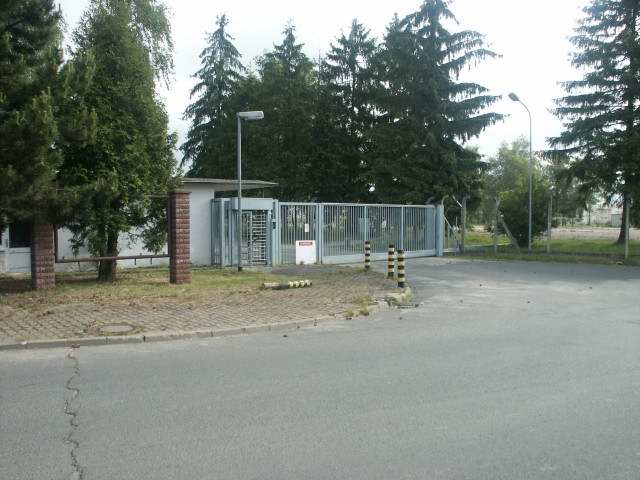
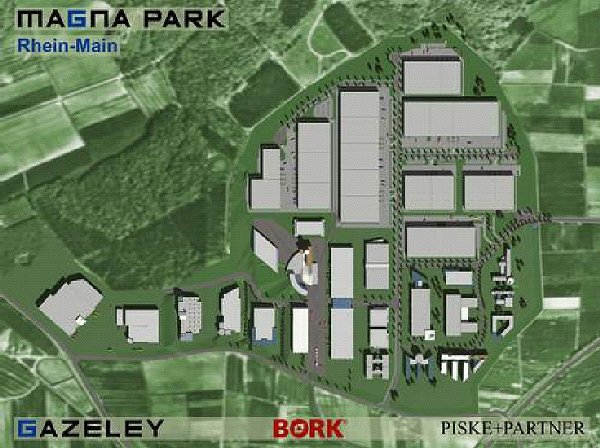
Ayes Kaserne was my first posting when I joined the U.S. Army. Anyone who has served is usually impacted extensively by their first assignment, and thus I include these photos, both past and present. They serve not only to remember the good times... and hard... but also that the world changes, and when it does so must we. The end of the Cold War in the late 1980s and the Einheit (Unification of Germany, 3 October 1990), meant there was no longer a need for an extensive U.S. Army presence in Germany. The draw-downs began soon after, and Ayers Kaserne was placed on the chopping block. Today it is a depot for the transportaion firm Bork, called the Magna Park Rhein-Main.
Below... Ayers Kaserne-- a little "then and now" nostalgia.
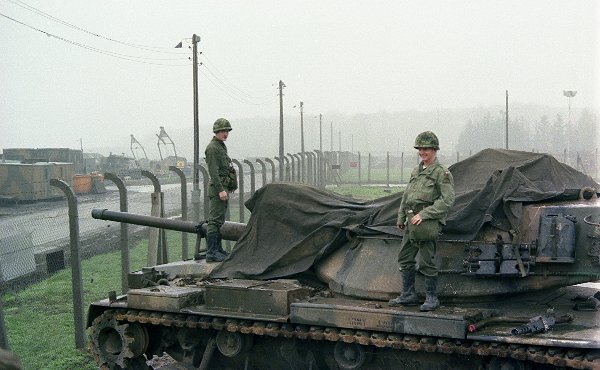
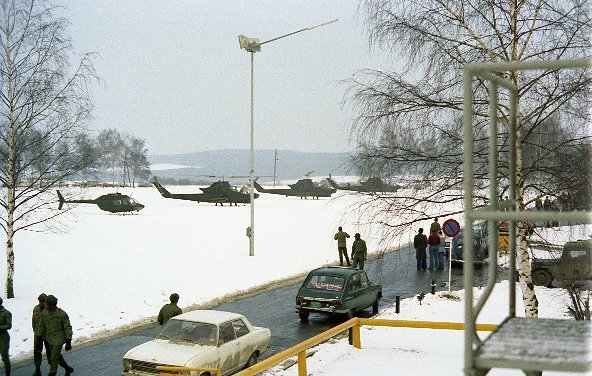
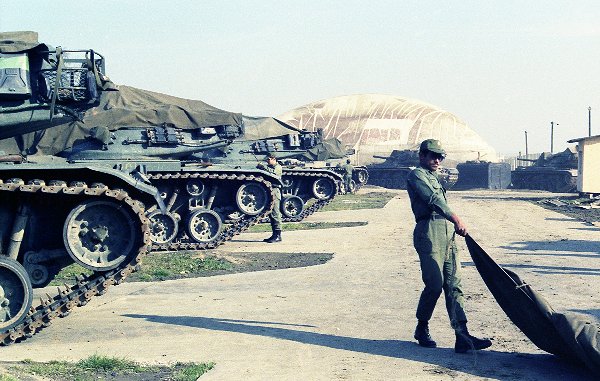
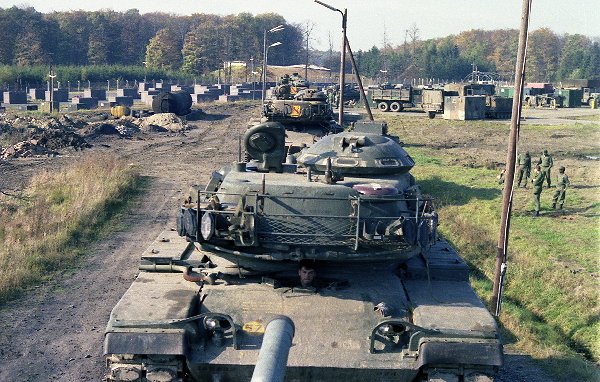
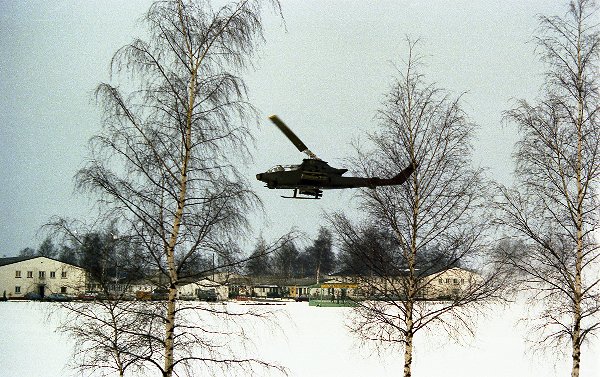
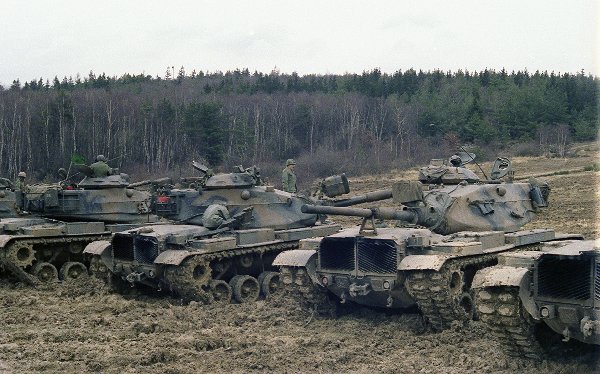
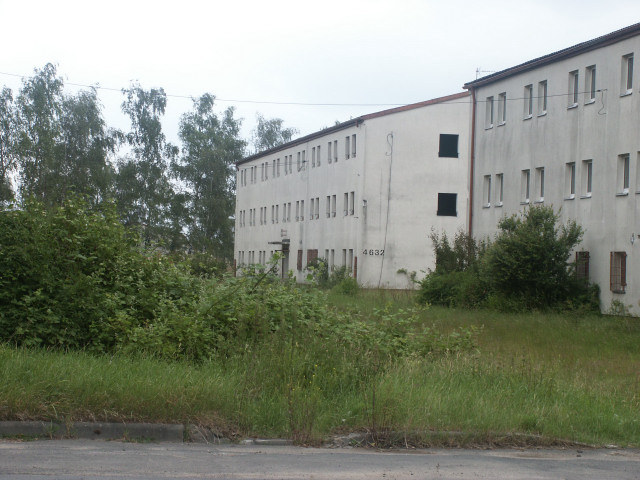
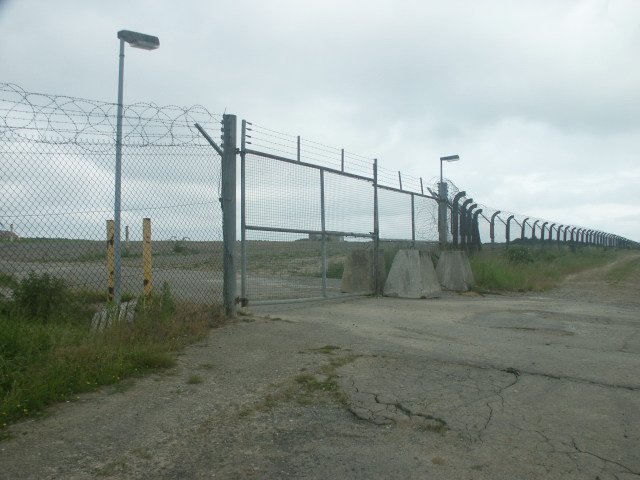
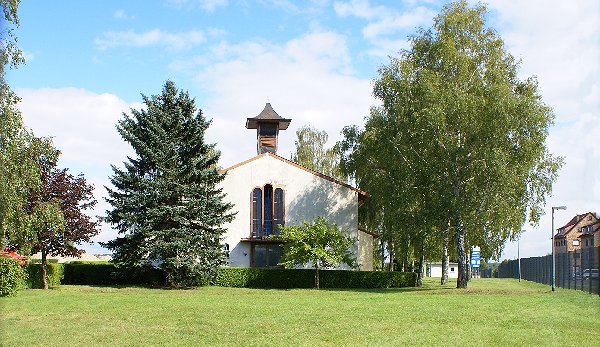
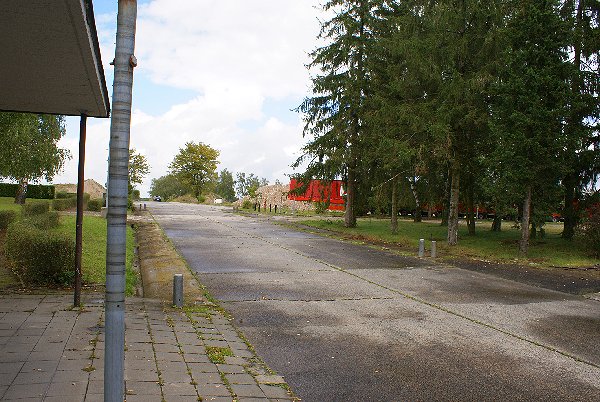
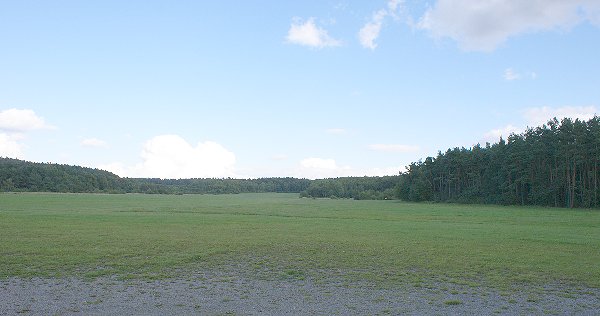
 | ||||||
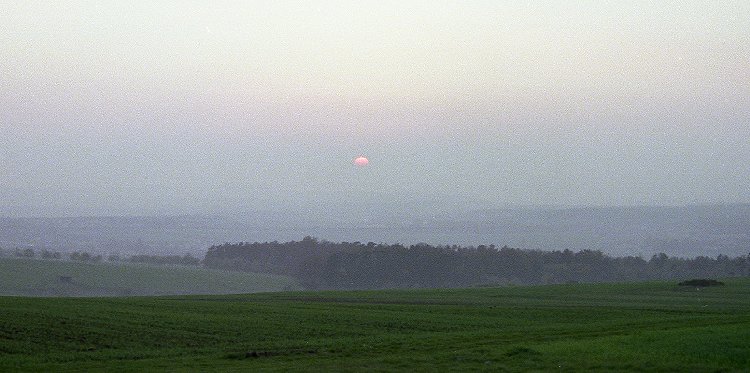
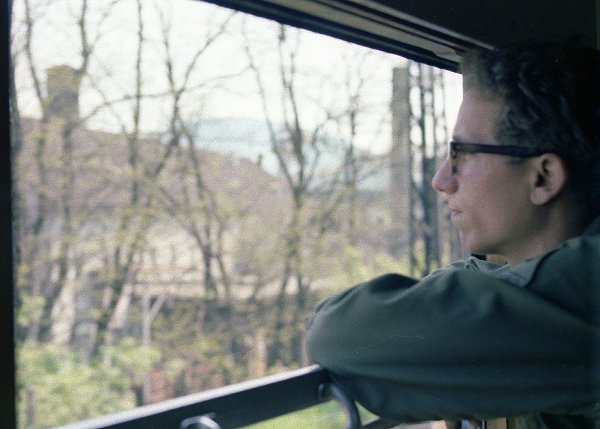
Dank and dismal.... One of the motor pools on Ayers Kaserne, this one for 2/32 Armor, 1st Brigade, 3rd Armored Division, taken about 1979. During much of the winter months one rarely saw the sun on the "Rock."
Left and below, two views across the parade field in the center of the post. A group of helicopters had landed for a visit, including one early version UH-58 Kiowa scout and three AH-1 Cobra attack helicopters. The left photo was taken from my room window. The photo below shows the billets for one of the 33rd Armor battalions across the field.
Below, the back gate, taken in 2005, from which we sallied our tanks and vehicles for alerts and exercises.
Right, training at the local "Area 44," so named as how it was designated on our maps. The tanks would churn the ground to a thick mud. Area 44 was actually a glider airfield and we went there to fire sub-caliber training ammunition, either .22 caliber or 14.5mm types, using a breach mounted firing device.
Right, Area 44 today (as of 2008). Now quiet and peaceful with no outward signs of our past presence. However, a metal detector would probably find all sorts of goodies!
Left, to go to major training areas like Grafenwohr ("Graf ") or Hohenfels, we rail loaded the tanks and other tracked vehicles. Wheeled vehicles would road march to these training areas.
In the photo at left, you can see the conexes in the background that we used to store combat ammunition. The tanks typically retained their full basic load (63 rounds) of 105mm ammunition. When we went to Graf for gunnery, we downloaded some of the ammo so as to upload training ammo at the ranges.
Left, preparing for rail loading, October 1979. Note the "Bubble Gym" in the background, notorious for how often the thing would deflate! The Bubble Gym used overpressure to maintain the cover, but when the equipment went down it would collapse.
Right, the main entrance to Ayers Kaserne today (2008). By now virtually all of the barracks and support buildings have been demolished. The Unit Police (UP) guard building is on the left, the roof overhang visible.
My old barracks building (the first of many!), Bldg #4632, seen in 2005. By this point they had been stripped of anything of value and the windows taken out. I stayed in two different rooms in this building, initially located at the last two sets of windows on the left on the second floor, and later the two sets of windows immediately to the right of the last two.
Below right, the chapel still stands (seen in 2008) on the express instructions of Frau Bork, who refused to see the chapels demolished. Here is the link to the Bork website.
Below left, myself on one of many rail loads, on my way to Hohenfels.
Right, the sun sets over the fields near Ayers Kaserne, c1979. Even today, as I look at the photos I recently took, I can almost hear the roar of the engines, smell the diesel exhaust, and see those soldiers who spent the many years defending the west from an attack that fortunately never came.....